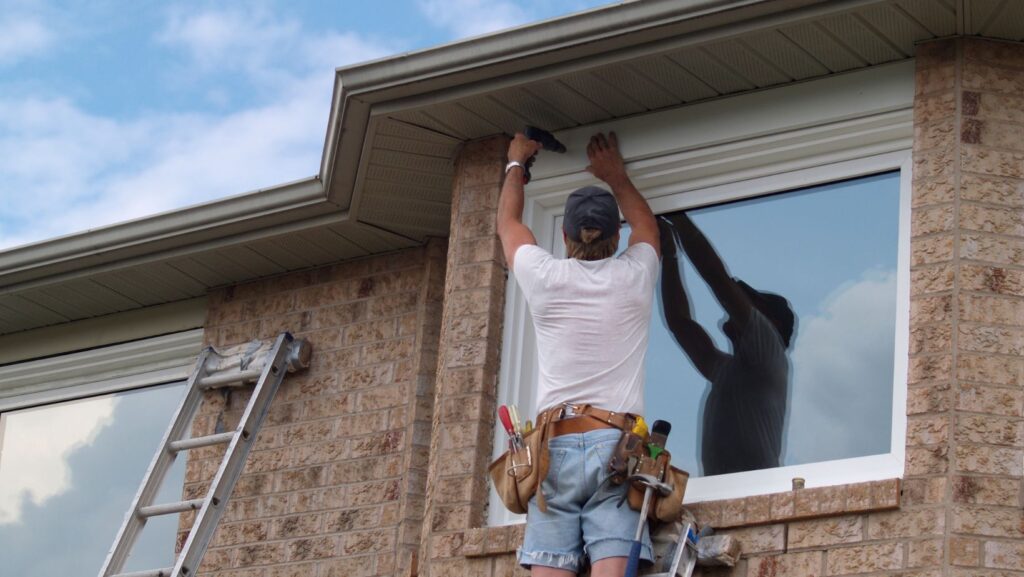Adding a pergola to your outdoor space is a significant investment that can transform your backyard into a stunning retreat—but only if you position it correctly. Where should you place a pergola?
The ideal placement for a pergola is on a level surface adjacent to your home’s back or side entrance, typically 10-14 feet from the house, with consideration for sun exposure and existing landscaping features.
While this general placement guideline works well for most homes, your specific situation might require a different approach based on factors like your climate, intended use, and property layout. Let’s explore the various scenarios that could influence where you should place your pergola to maximize its benefits for your unique space.
How Does Sun Exposure Affect Pergola Placement?
The path of the sun throughout the day plays a crucial role in determining the best location for your pergola. If you’re planning to use the space primarily during hot summer afternoons, positioning your pergola on the west side of your home can provide much-needed shade. Alternatively, an east-facing pergola offers morning shade while allowing warming afternoon sun during cooler months.

Consider tracking the sun’s patterns in your yard throughout different seasons before finalizing the location of your pergola. In warmer climates, maximizing shade potential is your top priority, while in cooler regions, ensuring sufficient sunlight reaches your pergola area is crucial for comfortable outdoor living. An adjustable louvered roof system can help you optimize sun and shade control regardless of your pergola’s fixed position.
What’s The Ideal Distance Between A Pergola And Other Structures?
Proper spacing ensures both safety and functionality of your outdoor space. Keep your pergola at least 10 feet from your house to prevent moisture issues and allow adequate airflow. When placing near property lines, check local building codes, which typically require a minimum 5-foot setback from boundaries.
For pergolas near pools or water features, maintain a minimum distance of 6 feet to prevent water damage to the structure and ensure safe movement around the pool area. When placing near trees, consider future growth and root systems to avoid potential structural issues in the future.
How Should Your Intended Use Impact Pergola Placement?
The primary purpose of your pergola should heavily influence its location. When creating an outdoor dining space, position the pergola near your kitchen for easy access. For entertainment areas, ensure the location accommodates sufficient seating and allows for easy foot traffic flow.
Consider visibility from inside your home as well. A pergola that serves as a visual focal point should be visible from the main living areas through windows or glass doors. If you’re using the pergola as a private retreat, you might prefer a more secluded location away from neighboring views and household traffic patterns.
What Type Of Foundation Is Needed For Different Pergola Locations?
The ground beneath your pergola must be prepared appropriately to ensure stability and longevity. For locations on existing concrete patios, you can typically mount the pergola directly to the surface using appropriate anchors and brackets. However, for installations on soil or grass, you’ll need to create concrete footings that extend below the frost line – usually 2-4 feet deep, depending on your climate.
Be particularly cautious with sloped areas, as these require additional engineering considerations. You may need to level the ground or create a terraced foundation, which can add significantly to the project’s complexity and cost. Always check local building codes for specific foundation requirements in your area.
How Does Climate Affect The Best Pergola Placement?
Local weather patterns should significantly influence your pergola’s positioning. In areas with strong prevailing winds, consider using existing structures or landscaping as windbreaks, or orient the pergola to minimize wind exposure. Regions with heavy snowfall need stronger foundations and may benefit from positioning that allows snow to slide off rather than accumulate.
In humid climates, ensure adequate airflow by avoiding placement in low-lying areas where moisture tends to collect. For areas prone to extreme weather, consider how the pergola’s location might affect your home during storms – avoid positions where the structure could potentially damage your house if compromised by severe weather.
Remember that climate considerations also affect material choices. While a wooden pergola might work well in a dry climate, areas with high rainfall or humidity might be better suited for vinyl or aluminum structures, regardless of placement.
Conclusion
Before finalizing your pergola’s location, spend a whole day observing how sunlight moves across your intended placement area, marking shadows at different times. This simple observation will help you avoid costly placement mistakes and ensure your pergola provides the perfect balance of sun and shade for your specific needs. Consider taking photos at different times of day to help you make your final decision.



